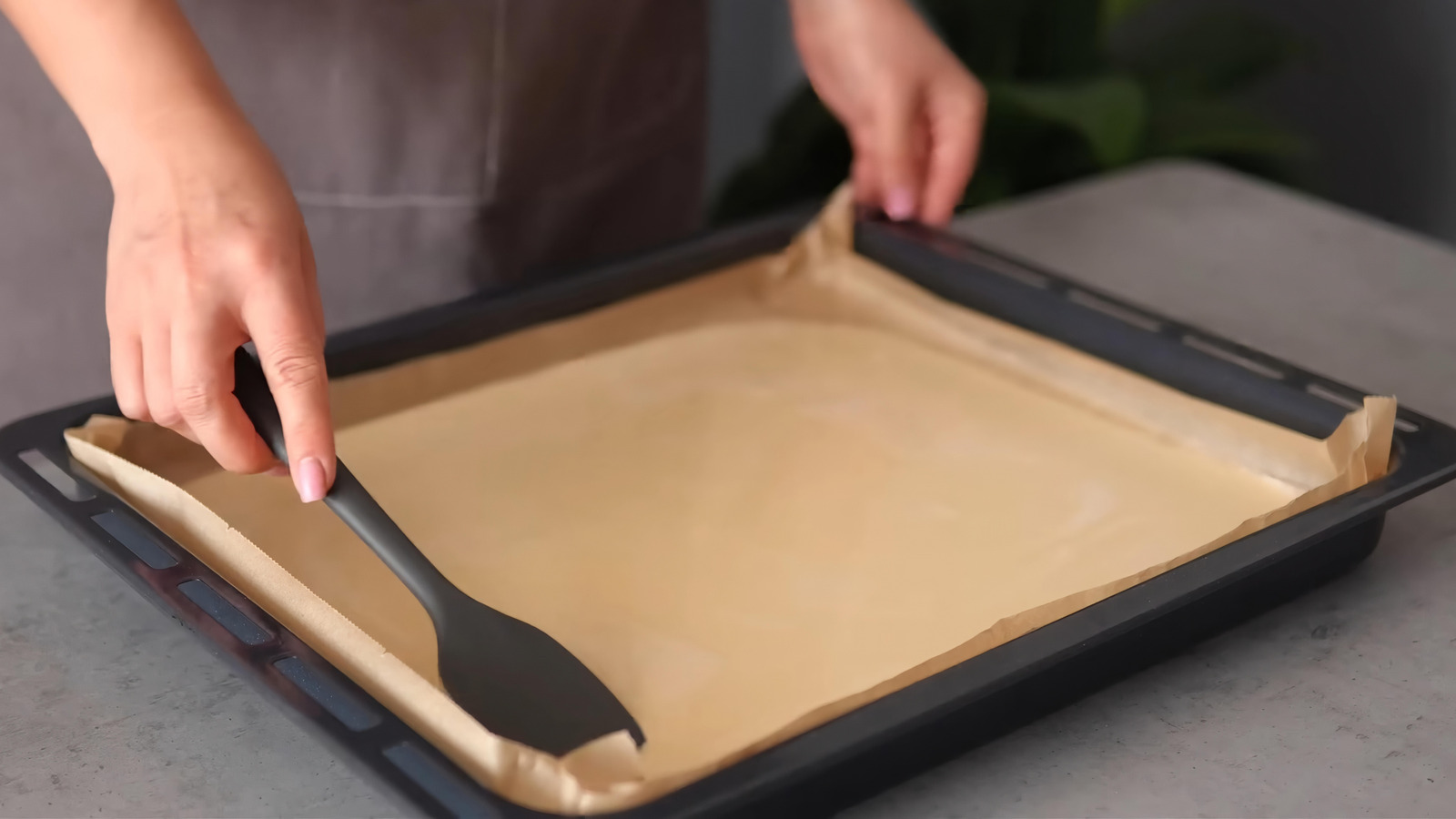
""For rectangular pans, fold to match the shape and crease the corners along the pan's edges - this creates natural folds that stay in place without bunching," she said."
""a very light spritz of oil or butter under the parchment helps it adhere and stay flat while you pour in your batter.""
""For round pans, fold the parchment in half several times to form a narrow wedge, then snip the tip at the pan's radius. When you unfold it, you'll have a perfect circle that fits snugly into the base.""
Fold parchment to match rectangular pan shapes and crease corners along the pan edges to create natural folds that prevent bunching. A very light spritz of oil or butter under the parchment helps it adhere and stay flat while batter is poured. For round pans, fold the parchment in half several times into a narrow wedge, snip the tip at the pan's radius, then unfold to produce a circle that fits snugly into the base. Parchment also serves for rolling dough, portioning food for storage, messy crafts, and protecting surfaces during prep.
Read at Tasting Table
Unable to calculate read time
Collection
[
|
...
]